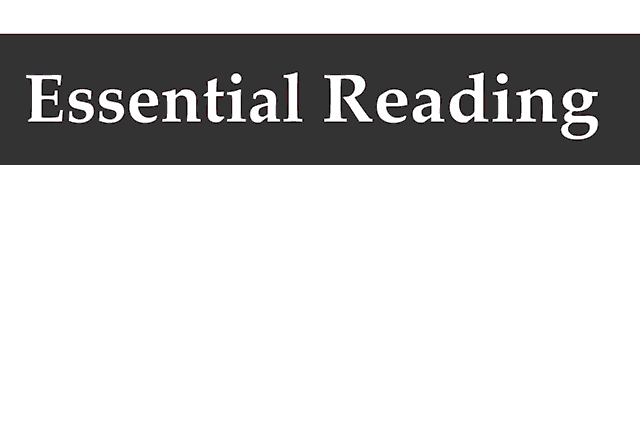July 3rd, 2024
BURLINGTON, ON
Sending money to a bank account, whether domestically or internationally, has become a routine task in our interconnected world.
However, there are several important considerations to keep in mind to ensure that your transaction is smooth, secure, and cost-effective. After all, it’s your hard-earned money, and you don’t want anything to go wrong in the process. To help you out in making secure transactions to a bank account, here are five key factors to consider.
 1. Exchange Rates and Fees
1. Exchange Rates and Fees
One of the first things to check when sending money to a bank account is the exchange rate and any associated fees. Exchange rates can vary significantly between providers and can impact the amount received by the recipient.
Look for services that offer competitive rates and transparency regarding fees. Sometimes, a seemingly low fee might be offset by a less favourable exchange rate, so compare the total cost of the transaction across different providers. This way, you can send money to bank account by ensuring the lowest possible cost of the transaction.
2. Transfer Speed
Consider how quickly you need the money to reach the recipient’s bank account. Transfer speeds can vary from instant transfers (often with higher fees) to several business days for standard transfers. Also, instant transfers require extra transaction fees as compared to normal ones.
Factors such as the destination country and the provider you choose can influence transfer times. If time is critical, opt for services that offer expedited or instant transfers, but be prepared to pay a premium for this convenience. This option can come in handy when you are sending money to meet emergency expenses.
3. Security and Reliability
Security is paramount when it comes to transferring money. Ensure that the service or provider you choose has robust security measures in place to protect your financial information and transactions.
Look for reputable companies with a track record of reliability and positive customer reviews. Avoid unverified or lesser-known services, especially for large transactions, as this will increase your risk of anything going wrong with your money.
4. Recipient Details and Verification
Accurate recipient information is essential to ensure the funds reach the intended bank account. Double-check the recipient’s bank account number, IBAN (International Bank Account Number), SWIFT/BIC code (for international transfers), and any other relevant details required by the service provider.
Many providers also require identity verification of both the sender and the recipient to comply with regulations and prevent fraud. Make sure to provide the correct details to the service provider in order to prevent fraud.
5. Regulations and Restrictions
Different countries have varying regulations and restrictions on money transfers, especially for international transactions. Familiarize yourself with any limits on the amount of money you can send, reporting requirements, and potential taxes or fees imposed by authorities.
Ensure that your chosen service provider complies with these regulations to avoid delays or complications with your transfer.
Whether you are sending money for personal reasons, business transactions, or other purposes, these considerations will help you make informed decisions and achieve your financial goals effectively.

















